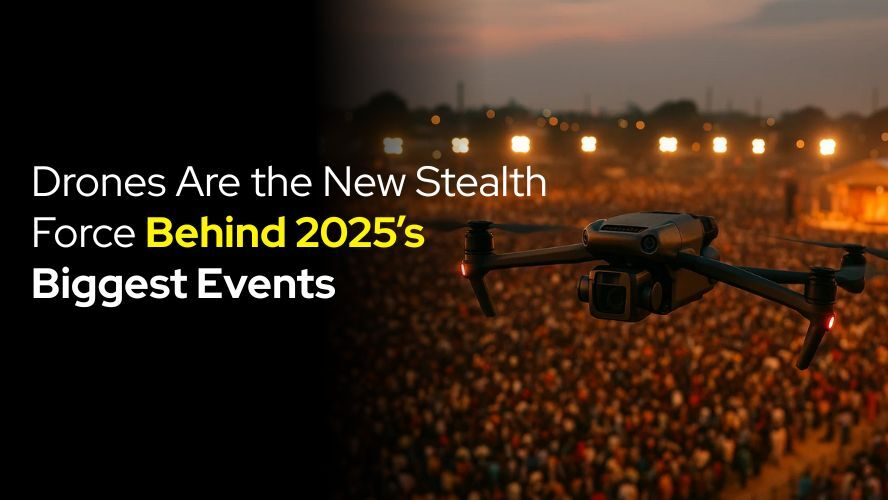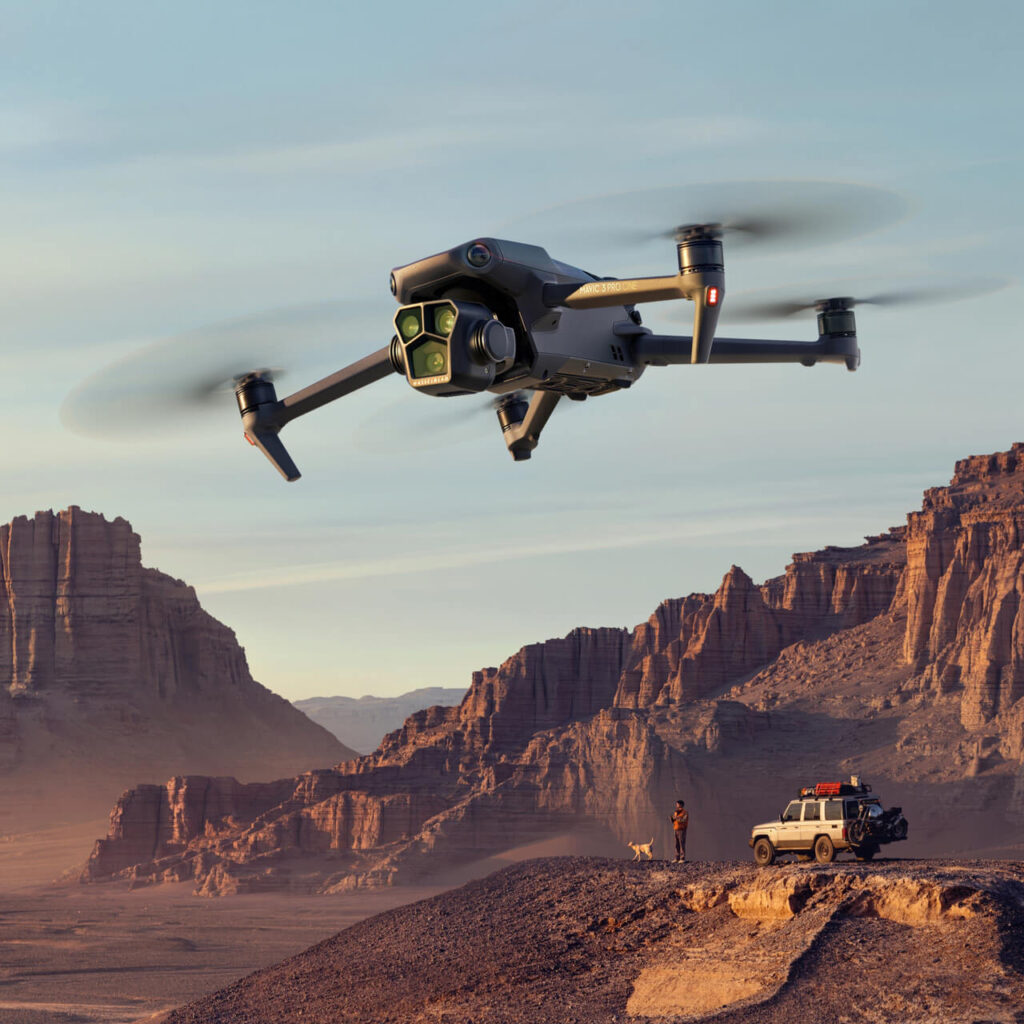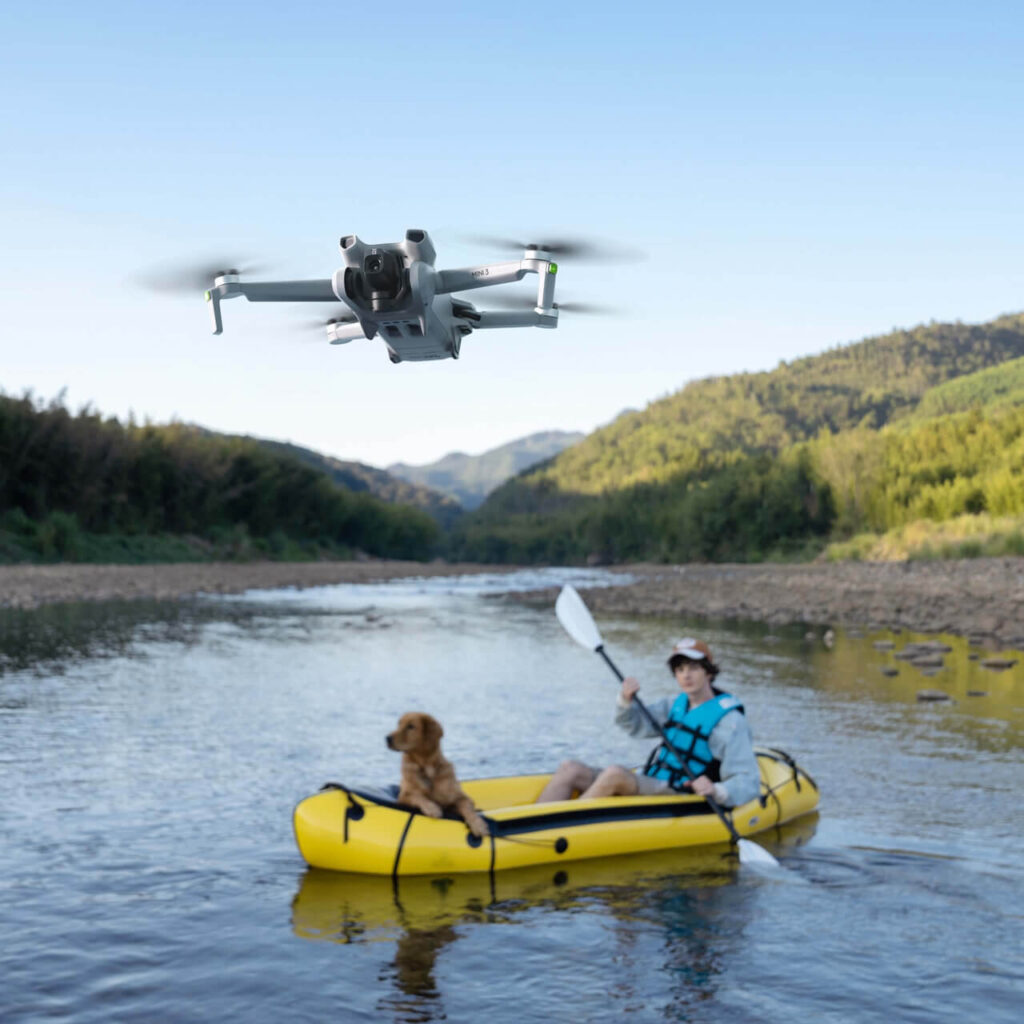The year 2025 has emerged as a pivotal moment in the evolution of drone technology, with unmanned systems becoming the invisible backbone of some of the world’s most significant events. From military operations to commercial enterprises, drones are operating behind the scenes with unprecedented sophistication and stealth capabilities. This technological revolution is reshaping how we approach surveillance, security, logistics, and even entertainment on a global scale.
The Rise of Stealth Technology in Modern Drones
The development of stealth drones has reached new heights in 2025, with advanced technologies making these unmanned systems virtually undetectable to conventional radar systems. Key innovations include radar-absorbing materials, sophisticated aerodynamics, and cutting-edge avionics systems that allow drones to operate in contested environments without detection.
The most notable development this year is General Atomics’ GHOST drone program, which received a ₹825 crore contract from the U.S. Air Force Research Laboratory. The GHOST (General Atomics High-Operational Stealth Technology) represents a breakthrough in autonomous, stealthy, penetrating, ultra-long-endurance flying-wing reconnaissance and strike platforms.
Key Stealth Technologies in 2025:
- Radar-Absorbing Materials (RAM): Specialized coatings and composites that absorb and scatter radar waves
- Advanced Aerodynamics: Wing designs that minimize radar signature
- Sophisticated Avionics: AI-powered systems for autonomous operation
- Modular Platforms: Adaptable systems for various mission types
- Extended Endurance: Capability for ultra-long missions without refueling
Major Drone Events Shaping 2025
International Conferences and Exhibitions
The drone industry’s growth is evident through the numerous high-profile events taking place throughout 2025. These gatherings serve as platforms for showcasing cutting-edge technology and fostering collaboration between military, commercial, and civilian sectors.
Key Events Calendar:
| Event | Date | Location | Significance |
|---|---|---|---|
| DRL U.S. Air Force Miami Invitational | February 1, 2025 | Miami, Florida | Major drone racing event at LoanDepot Park |
| Drone Show Korea (DSK) | March 2025 | Seoul, South Korea | Asia’s largest drone-specific international conference |
| UAV Technology Summit | June 2025 | Various Locations | Focus on counter-UAS training and technology |
| International Drone Conference | September 2025 | Global Venues | Industry insights and emerging technologies |
Military Applications and Strategic Deployments
The military sector continues to drive innovation in drone technology, with stealth capabilities becoming increasingly important for strategic operations. The Swedish Armed Forces’ recent unveiling of their drone-swarming program, developed by defense giant Saab, demonstrates the growing importance of coordinated unmanned systems in modern warfare.
This revolutionary software enables soldiers to control up to 100 uncrewed aircraft simultaneously, representing a significant leap forward in swarm technology. The implications for tactical operations are profound, offering unprecedented surveillance coverage and operational flexibility.
Enterprise Drone Solutions: The Jetayu Gadgets Advantage
In the Indian market, companies like Jetayu Gadgets are playing a crucial role in bringing advanced drone technology to enterprises across various sectors. As India’s most trusted DJI drone seller, Jetayu Gadgets has established itself as a key player in the commercial drone ecosystem.
Jetayu Gadgets Enterprise Offerings:
DJI Mavic 3 Enterprise Solutions:
- Basic Combo Price: ₹4,50,000 – ₹5,50,000 (approximate)
- Advanced Combo: ₹6,50,000 – ₹7,50,000 (approximate)
- Complete Professional Package: ₹8,50,000 – ₹9,50,000 (approximate)
Key Features of Enterprise Drones:
- Advanced obstacle avoidance systems
- Multiple camera options for versatile applications
- Extended flight times for comprehensive coverage
- Weather-resistant design for challenging environments
- Real-time data transmission capabilities
Industry Applications:
- Agriculture: Precision farming and crop monitoring
- Construction: Site surveying and progress tracking
- Mining: Aerial surveys and safety inspections
- Emergency Services: Search and rescue operations
- Media and Entertainment: Professional aerial cinematography
The Economic Impact of Drone Technology in India
The drone market in India is experiencing exponential growth, with projections indicating a massive expansion from ₹35,000 crore in 2025 to ₹1,91,000 crore by 2030. This remarkable growth trajectory is supported by government incentive schemes and progressive regulations from the Directorate General of Civil Aviation (DGCA).
Market Segmentation and Growth Drivers:
Commercial Sector Applications:
- Agriculture: 35% market share – ₹12,250 crore
- Defense and Security: 25% market share – ₹8,750 crore
- Infrastructure: 20% market share – ₹7,000 crore
- Logistics and Delivery: 15% market share – ₹5,250 crore
- Entertainment and Media: 5% market share – ₹1,750 crore
Regulatory Framework Advantages:
- Simplified licensing procedures for different drone categories
- Weight-based classification system for operational requirements
- Streamlined permissions for commercial operations
- Support for indigenous drone manufacturing
Technological Innovations Driving the Stealth Revolution
The advancement of stealth drone technology in 2025 is characterized by several breakthrough innovations that are revolutionizing how these systems operate in complex environments.
AI-Powered Autonomous Systems
Modern stealth drones incorporate sophisticated artificial intelligence that enables autonomous decision-making in real-time. These systems can adapt to changing conditions, avoid obstacles, and complete missions with minimal human intervention.
Core AI Capabilities:
- Adaptive Path Planning: Dynamic route optimization based on environmental factors
- Threat Recognition: Automatic identification and avoidance of potential dangers
- Mission Adaptation: Real-time adjustment of objectives based on field conditions
- Predictive Maintenance: Self-diagnostic capabilities for optimal performance
Advanced Sensor Integration
The integration of multiple sensor systems has transformed stealth drones into comprehensive intelligence-gathering platforms. These systems combine visual, thermal, radar, and electromagnetic sensors to provide complete situational awareness.
Sensor Technologies:
- Multi-spectral Imaging: Captures data across multiple wavelengths
- LiDAR Systems: Provides precise 3D mapping capabilities
- Electronic Warfare Sensors: Detects and analyzes electronic signals
- Environmental Monitoring: Measures atmospheric and ground conditions
Future Implications and Strategic Considerations
The proliferation of stealth drone technology in 2025 has significant implications for global security, commerce, and civilian applications. As these systems become more sophisticated and accessible, their impact on various sectors continues to expand.
Security and Defense Implications
The democratization of advanced drone technology raises important questions about security and defense strategies. Nations and organizations must adapt their defensive capabilities to counter increasingly sophisticated unmanned systems.
Strategic Considerations:
- Counter-Drone Technologies: Development of systems to detect and neutralize stealth drones
- Regulatory Frameworks: International cooperation on drone usage standards
- Technology Transfer: Controlling the spread of sensitive drone technologies
- Operational Security: Protecting against drone-based intelligence gathering
Commercial and Civilian Applications
The commercial sector continues to find innovative applications for stealth drone technology, from precision agriculture to environmental monitoring. These applications demonstrate the versatility and economic potential of advanced unmanned systems.
Emerging Commercial Uses:
- Precision Agriculture: Crop monitoring and targeted treatment application
- Environmental Research: Wildlife tracking and habitat monitoring
- Infrastructure Inspection: Power line and pipeline monitoring
- Emergency Response: Disaster assessment and rescue operations
The Path Forward: Challenges and Opportunities
As we progress through 2025, the drone industry faces both significant opportunities and complex challenges. The balance between technological advancement and responsible deployment remains a critical consideration for all stakeholders.
Opportunities for Growth
The expanding drone market presents numerous opportunities for innovation and economic development. Companies like Jetayu Gadgets are well-positioned to capitalize on this growth by providing comprehensive enterprise solutions that meet the evolving needs of various industries.
Key Growth Areas:
- Urban Air Mobility: Integration of drones into city transportation systems
- Autonomous Delivery: Expansion of drone-based logistics services
- Industrial Automation: Integration with manufacturing and production processes
- Environmental Monitoring: Climate change research and conservation efforts
Addressing Challenges
The rapid advancement of drone technology also presents challenges that must be addressed through collaborative efforts between industry, government, and civil society.
Critical Challenges:
- Privacy Concerns: Balancing surveillance capabilities with individual privacy rights
- Safety Regulations: Ensuring safe operation in increasingly crowded airspace
- Cybersecurity: Protecting drone systems from hacking and malicious interference
- Ethical Considerations: Responsible development and deployment of autonomous systems
Conclusion
The year 2025 marks a transformative period in the evolution of drone technology, with stealth capabilities becoming increasingly central to both military and civilian applications. From the advanced GHOST program to the enterprise solutions offered by companies like Jetayu Gadgets, the drone industry is experiencing unprecedented growth and innovation.
As we look toward the future, the integration of artificial intelligence, advanced sensors, and stealth technologies will continue to expand the possibilities for unmanned systems. The Indian market, with its projected growth from ₹35,000 crore to ₹1,91,000 crore by 2030, represents a significant opportunity for continued innovation and economic development.
The success of this technological revolution depends on the collaborative efforts of manufacturers, regulators, and users to ensure that these powerful tools are deployed responsibly and effectively. As drones become increasingly integrated into our daily lives, their role as the invisible force behind major events and operations will only continue to grow, shaping the future of technology and society in ways we are only beginning to understand.
The stealth revolution in drone technology is not just about military applications; it represents a fundamental shift in how we approach surveillance, logistics, and automation across all sectors of society. As we move forward, the challenge lies in harnessing this technology’s potential while addressing the ethical, security, and regulatory implications of its widespread adoption.




